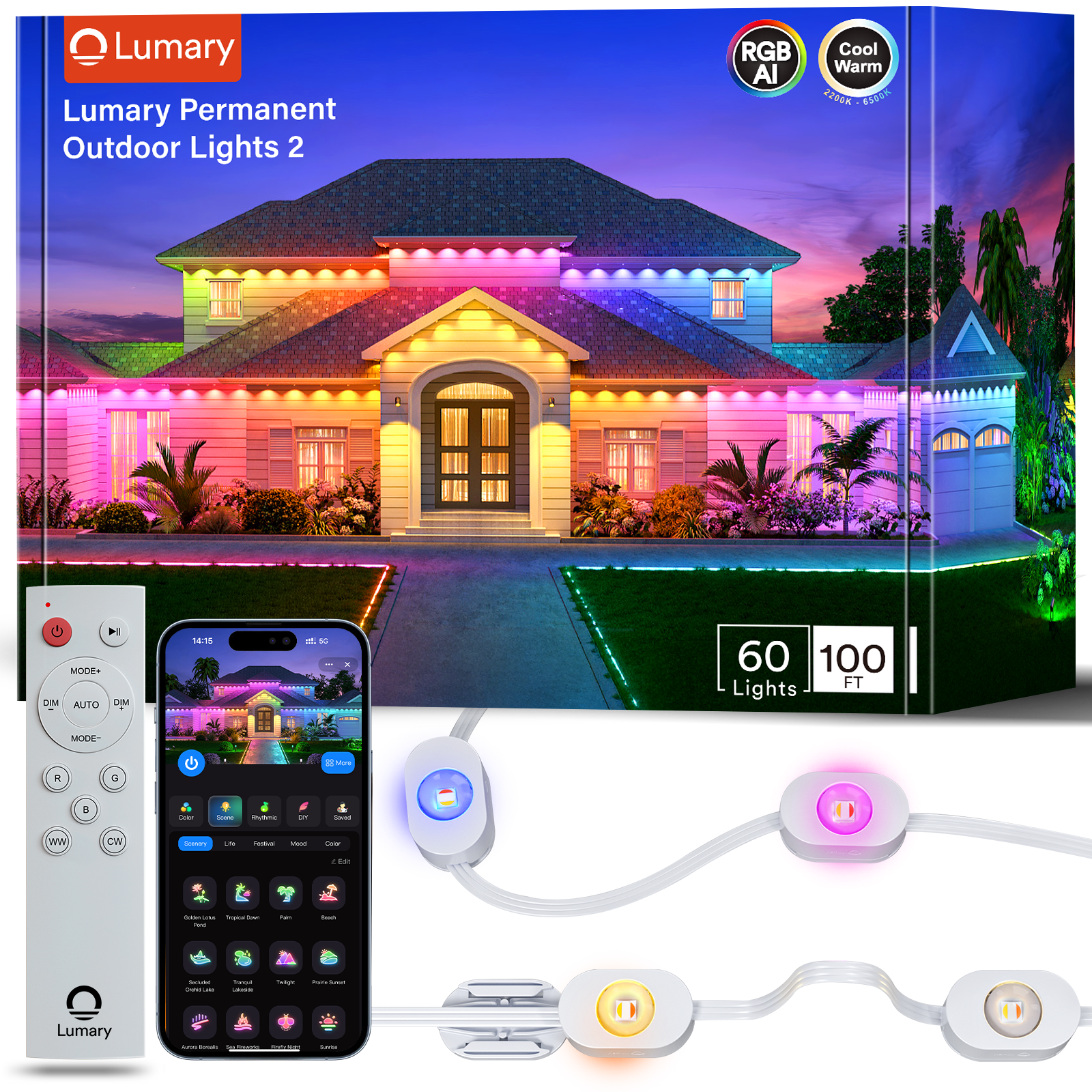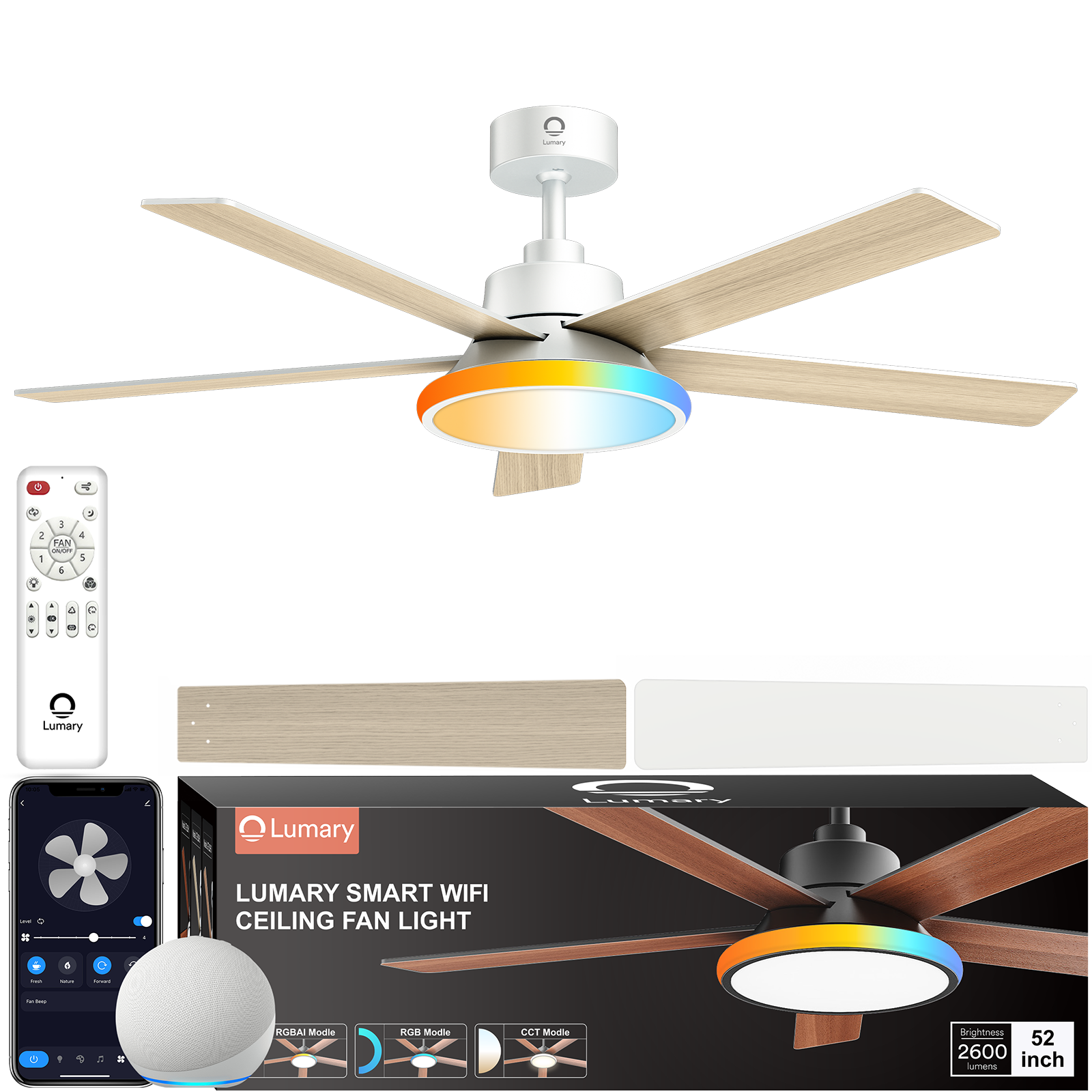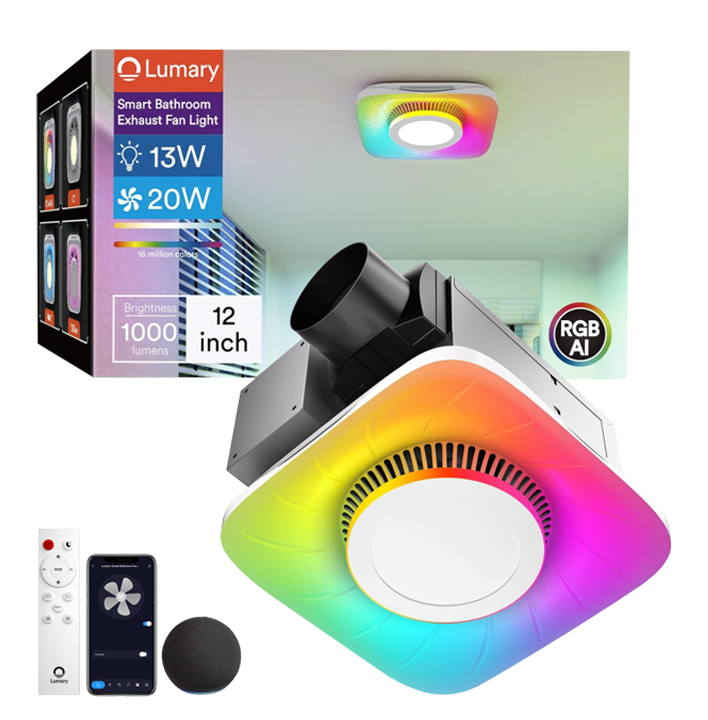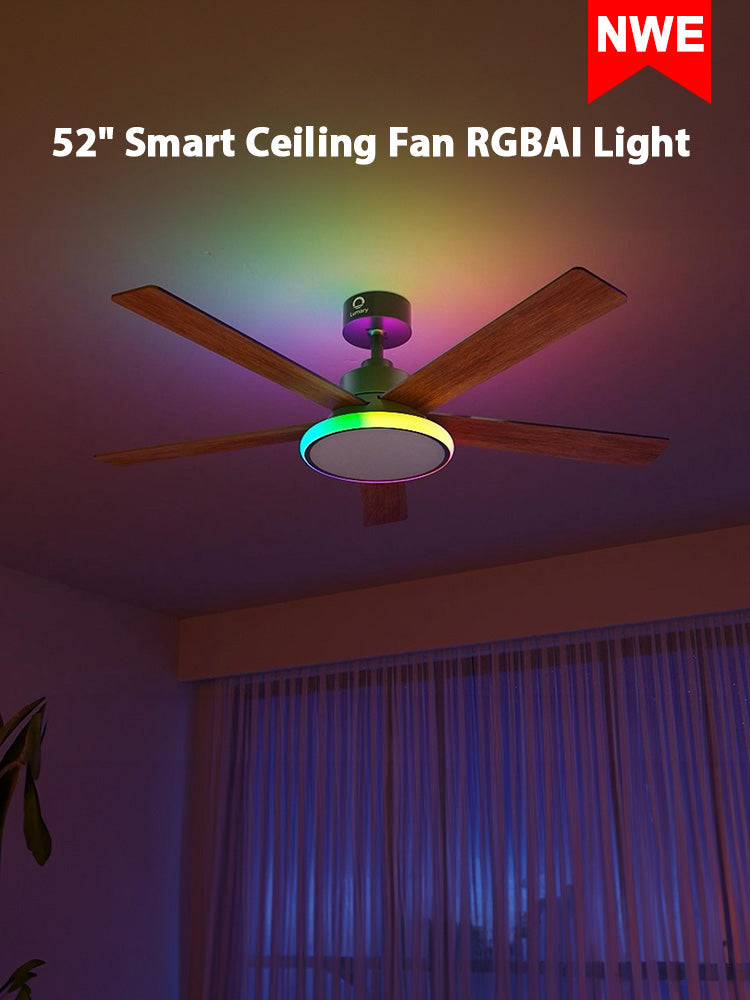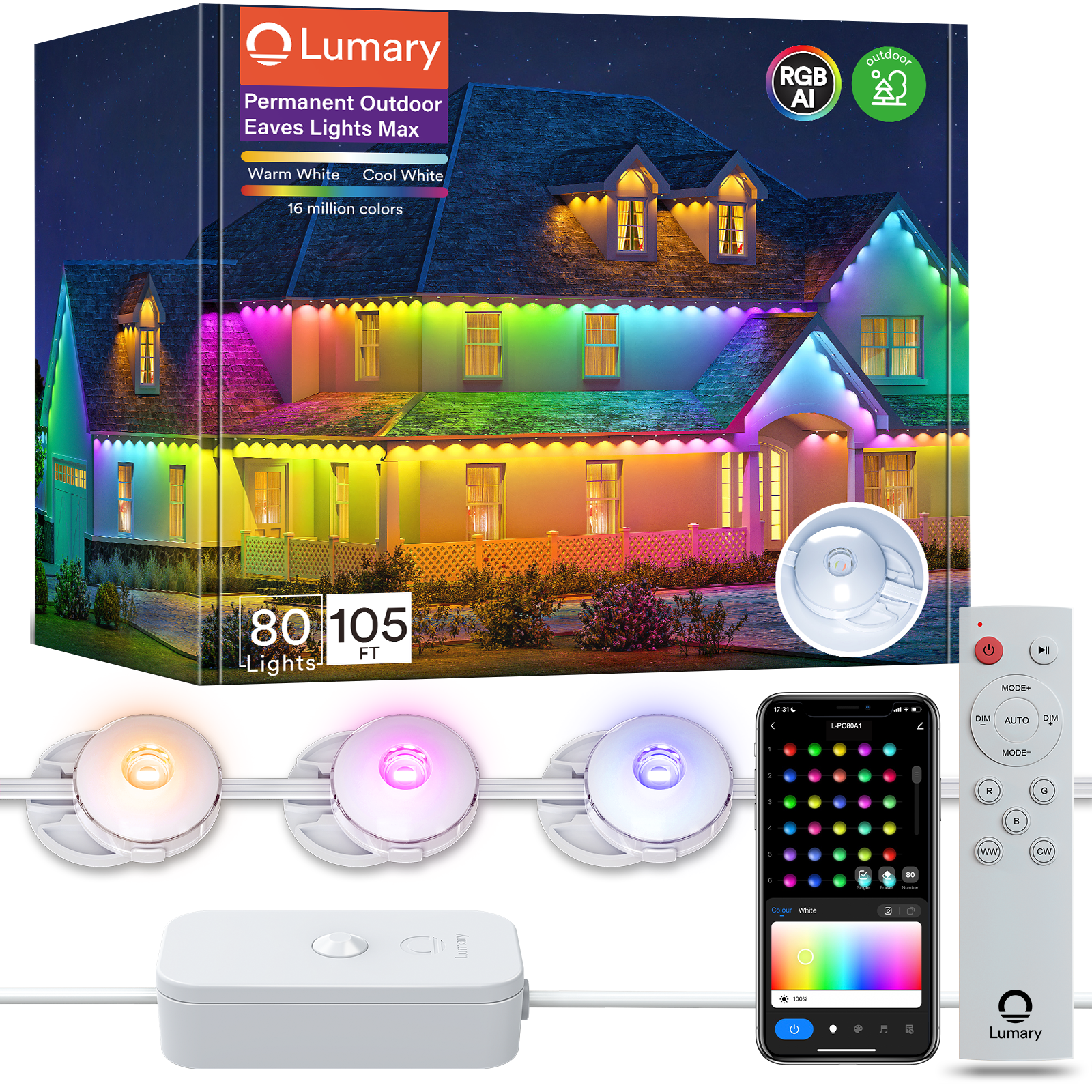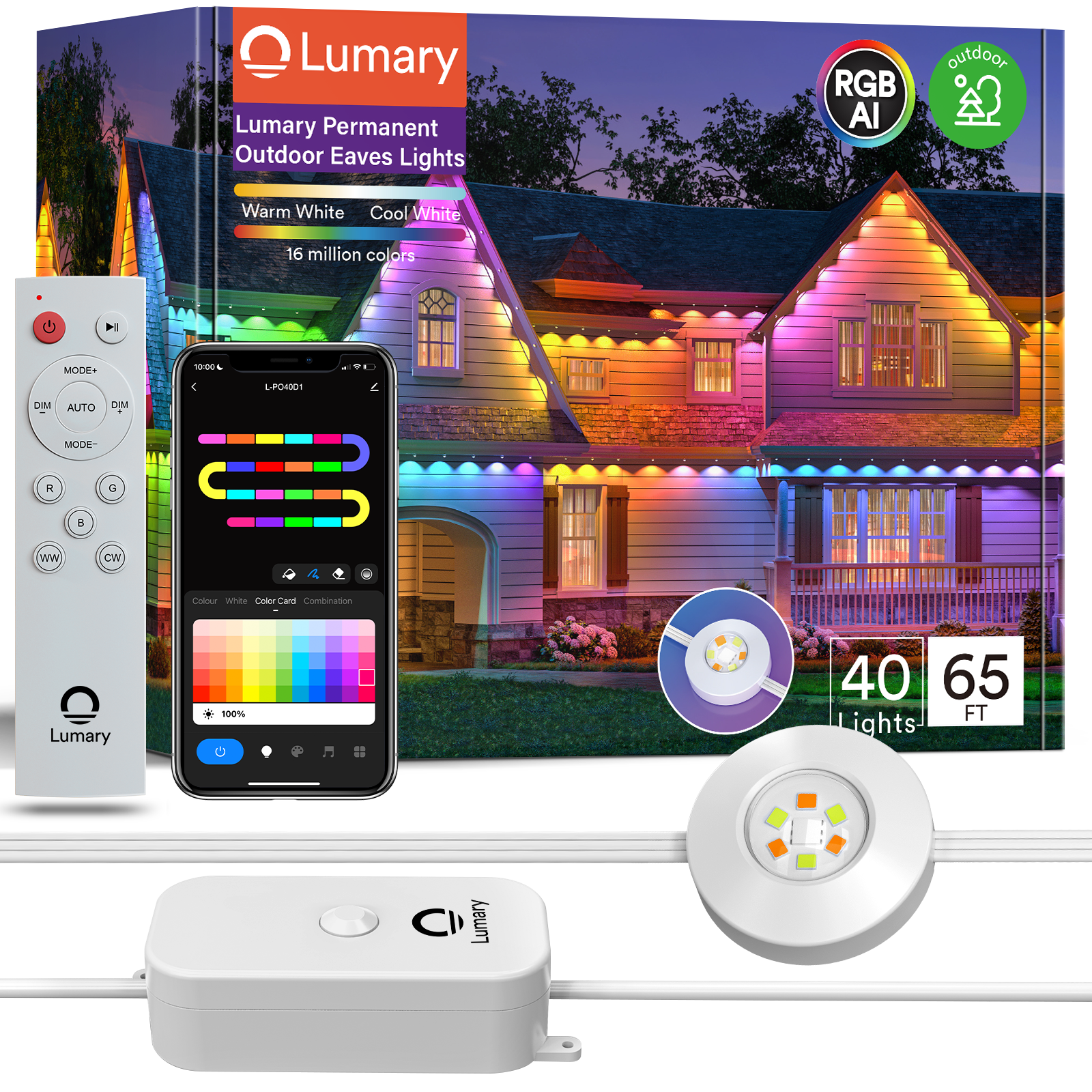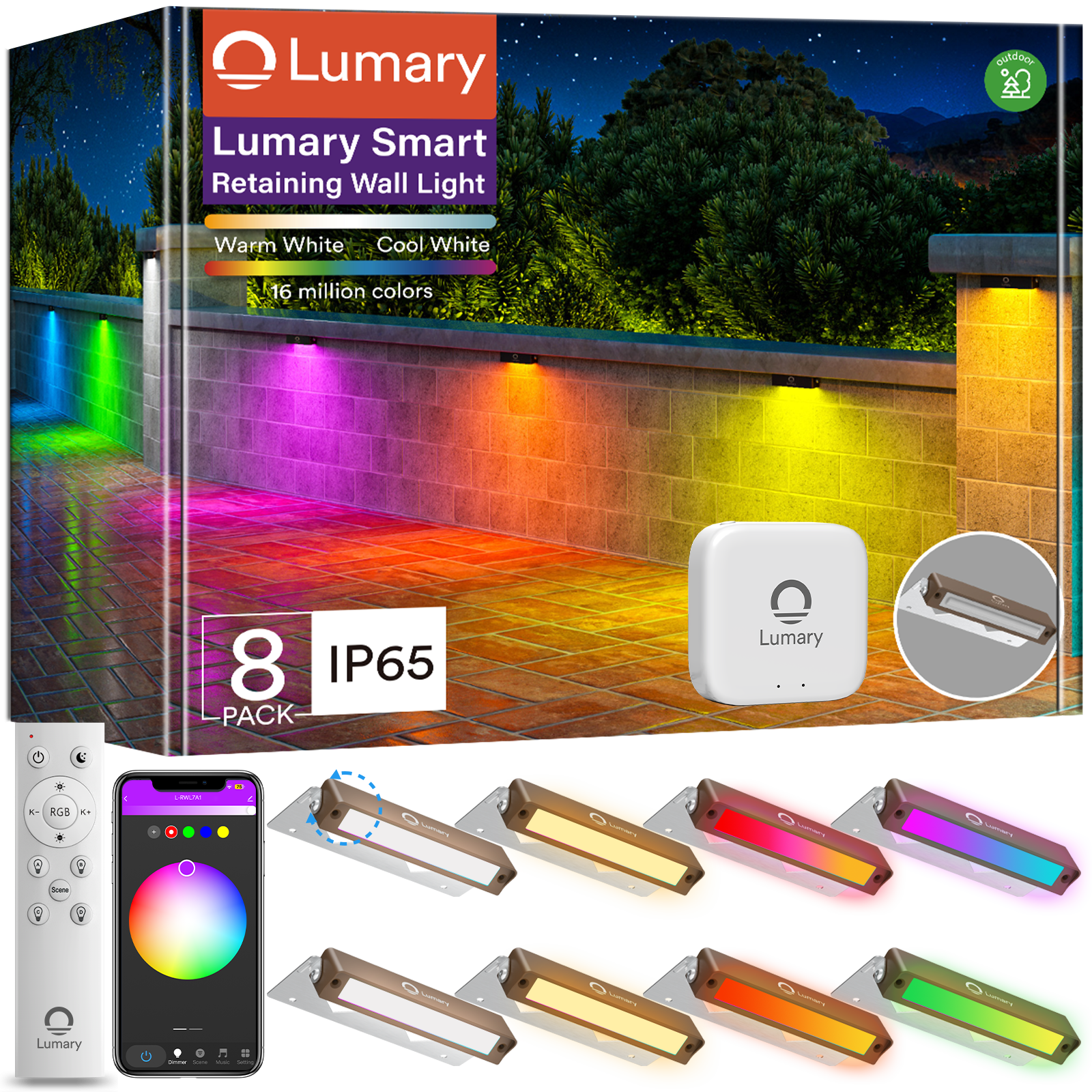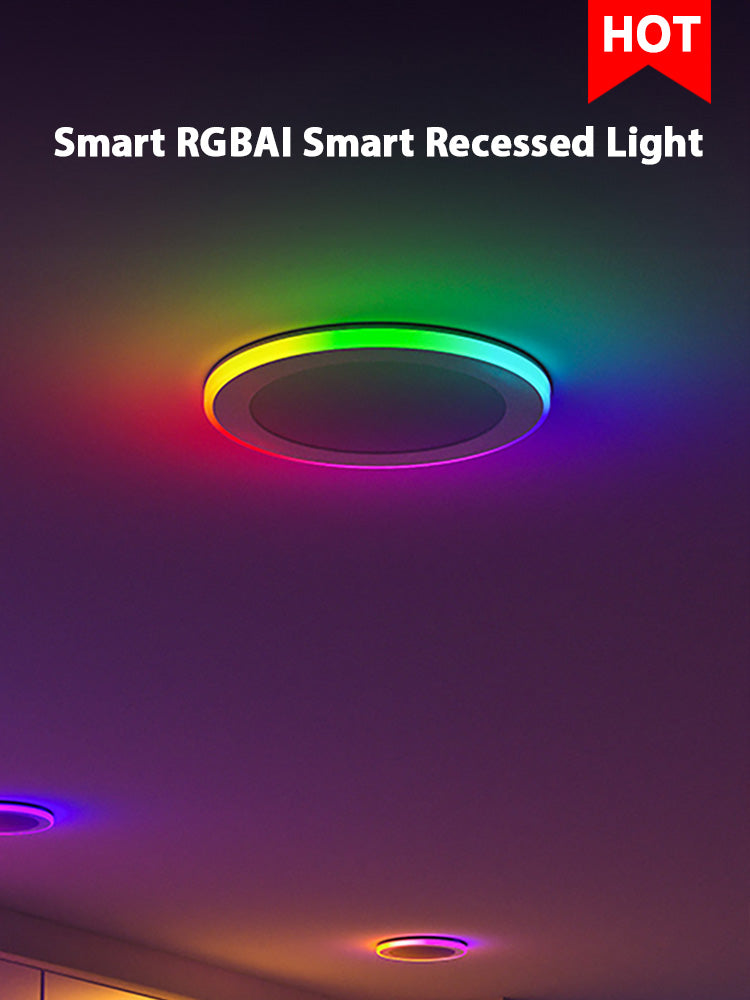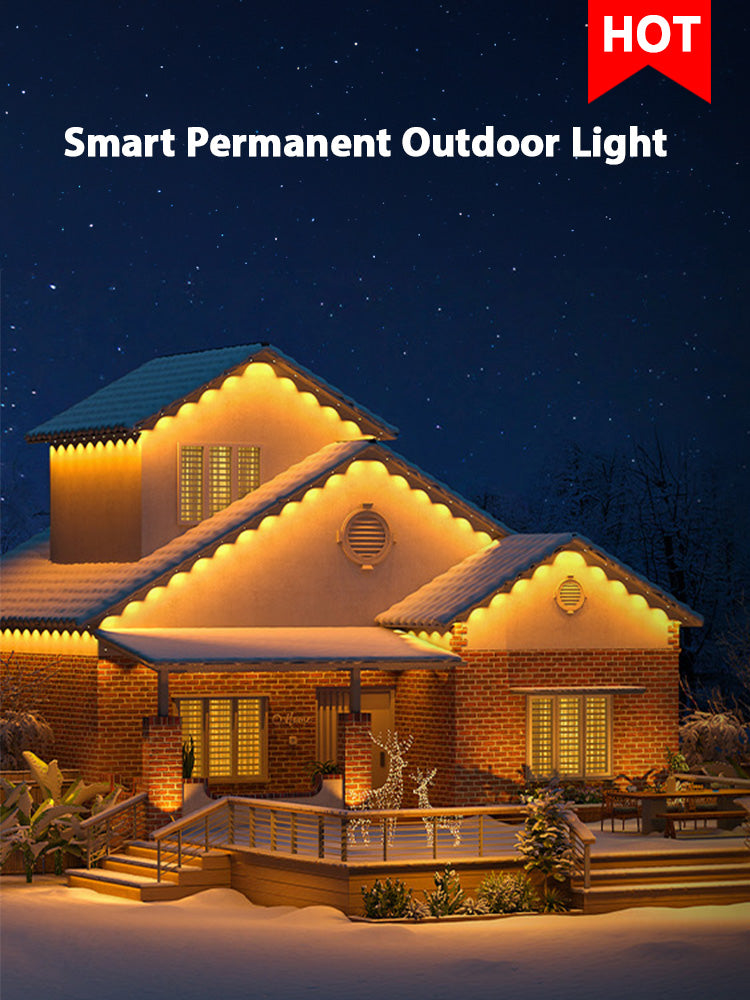Transforming your outdoor spaces starts with the right lighting. Outside LED lights not only brighten your garden but also enhance its beauty and functionality. Choosing the perfect lighting fixture depends on the purpose of the lighting. Do you need to illuminate pathways, highlight landscaping, or create a cozy ambiance? Different types of outdoor lighting fixtures cater to these needs. Consider brightness, durability, and design when selecting fixtures that match your home’s style. With the right outdoor lighting, you can create a welcoming and safe environment for your family and guests.
Key Takeaways

-
Understand the importance of lumens: Choose the right brightness for different outdoor areas, such as 100-200 lumens for pathways and 700-1300 lumens for security lighting.
-
Prioritize energy efficiency: Opt for LED lights to save on electricity bills and reduce maintenance costs due to their long lifespan.
-
Check durability: Look for outdoor lights with a minimum IP65 rating to ensure they withstand harsh weather conditions.
-
Match lighting design to your garden's style: Select fixtures that complement your garden's aesthetic, whether modern, rustic, or vintage.
-
Balance decorative and functional lighting: Use a mix of accent lights and practical fixtures to enhance both safety and ambiance in your outdoor space.
-
Consider color temperature: Choose warm white for cozy areas and cool white for task-oriented spaces to create the desired atmosphere.
-
Utilize motion-sensor lights: Enhance security and energy efficiency by installing lights that activate only when movement is detected.
Brightness and Light Output for Outside LED Lights
When it comes to outdoor lighting, brightness plays a crucial role in creating the right atmosphere and ensuring functionality. To achieve this, you need to understand how many lumens are required for different areas of your garden or yard. Lumens measure the total amount of visible light emitted by a source, making them an essential factor in selecting the perfect lighting fixture for your outdoor spaces.
Understanding Lumens and Their Importance
You might wonder, how many lumens do you need for outdoor lighting? The answer depends on the purpose of the light. Lumens help you gauge the brightness of a light source, unlike watts, which measure energy consumption. For example, a pathway may require softer lighting, while security areas demand bright and focused illumination for tasks like monitoring or deterring intruders.
To calculate the lumens needed, consider the size of the area and the type of activity. A small garden corner may need fewer lumens compared to a large patio. Always choose the right lumens to match the specific requirements of each space. This ensures your outdoor lighting is both functional and visually appealing.
Choosing the Right Brightness for Different Outdoor Areas
Different parts of your outdoor space require varying levels of brightness. Let’s break it down:
Pathways and Walkways
Pathways and walkways benefit from soft yet sufficient lighting. Aim for 100-200 lumens per fixture to create a safe and inviting path. This level of brightness ensures visibility without overwhelming the surrounding area. Use fixtures designed for pathways to maintain a consistent look.
Patios and Decks
For patios and decks, you’ll want a balance between ambiance and functionality. Around 300-500 lumens per fixture works well here. This range provides enough light for dining or relaxing while maintaining a cozy atmosphere. Consider adjustable fixtures to customize the brightness based on your needs.
Garden Lighting and Landscaping
Garden lighting highlights the beauty of your plants and landscaping. Use 50-300 lumens depending on the size and focus of the area. For smaller plants or accent features, lower lumens work best. Larger trees or focal points may require higher lumens to stand out. Landscape lighting fixtures can help you achieve the desired effect.
Security and Floodlighting
Security lighting demands high brightness to ensure safety. Floodlights with 700-1300 lumens provide bright and focused lighting for large areas. These lights deter unwanted visitors and illuminate dark corners effectively. Choose fixtures with motion sensors for added convenience and energy efficiency.
By understanding lumens and tailoring the brightness to each area, you can transform your outdoor space into a functional and beautiful environment. Whether you’re lighting pathways, enhancing garden features, or securing your home, the right lumens make all the difference.
Energy Efficiency and Cost Savings with Outdoor Lighting
When it comes to outdoor lighting, energy efficiency plays a huge role in reducing costs and minimizing environmental impact. By choosing the right fixtures, you can enjoy bright and beautiful outdoor spaces without worrying about high energy bills. Let’s explore how LED lights can help you save money while keeping your garden well-lit.
Why LED Lights Are More Energy-Efficient Than Traditional Bulbs
LED lights have revolutionized outdoor lighting. Unlike traditional bulbs, LEDs use significantly less energy to produce the same level of brightness. This efficiency comes from their ability to convert most of the energy they consume into light rather than heat. Traditional bulbs waste energy by generating excessive heat, which makes them less efficient.
LEDs also last much longer than incandescent or halogen bulbs. While traditional bulbs may burn out after a few months, LED fixtures can last for years. This longevity reduces the need for frequent replacements, saving you both time and money. For your outside LED lights, this means fewer trips to the store and less hassle with maintenance.
How to Calculate Long-Term Savings with LED Lights
Switching to LED lighting isn’t just good for the environment—it’s great for your wallet too. To calculate your long-term savings, start by comparing the wattage of LED lights to traditional bulbs. For example, a 10-watt LED can provide the same brightness as a 60-watt incandescent bulb. That’s a significant reduction in energy consumption.
Next, consider the lifespan of the lights. LEDs can last up to 25,000 hours, while traditional bulbs may only last 1,000 hours. Multiply the cost of replacing traditional bulbs over time, and you’ll see how much you save by using LEDs. Additionally, lower energy usage means reduced electricity bills, which adds up to substantial savings over the years.
Features of Energy Star-Certified LED Lights
Energy Star-certified LED lights take energy efficiency to the next level. These fixtures meet strict standards set by the Environmental Protection Agency (EPA) for energy use and performance. When you choose Energy Star-certified lights for your outdoor spaces, you can trust that they’ll deliver excellent brightness while consuming minimal energy.
These lights also come with added benefits. They often include advanced features like dimming capabilities, which allow you to adjust the lighting based on your needs. Some even have motion sensors, making them perfect for security lighting. By investing in Energy Star-certified fixtures, you not only save money but also contribute to a greener planet.
Durability and Weather Resistance in Outdoor LED Lights
When selecting outside LED lights, durability and weather resistance should be at the top of your checklist. Outdoor lighting faces constant exposure to harsh elements like rain, snow, and extreme temperatures. Choosing durable fixtures ensures they last longer and perform reliably, saving you time and money on replacements. Let’s dive into what makes outdoor lights tough enough to withstand the elements.
Key Features of Durable Outdoor Lighting
Durable outdoor lighting isn’t just about looking good—it’s about standing strong against nature. Here are two key factors to consider:
Understanding IP Ratings for Weather Resistance
IP ratings, or Ingress Protection ratings, tell you how well a light fixture resists water and dust. The rating consists of two numbers. The first number shows protection against solid objects like dirt, while the second indicates resistance to liquids. For outdoor use, look for fixtures with an IP rating of at least IP65. This ensures they can handle heavy rain and dusty conditions without failing.
For example, an IP67-rated light offers even better protection. It can survive being submerged in water for short periods. This makes it ideal for areas prone to flooding or heavy downpours. Always check the IP rating before purchasing to ensure your lights can handle your local weather.
Materials That Withstand Harsh Outdoor Conditions
The materials used in outdoor fixtures play a huge role in their durability. High-quality metals like aluminum and stainless steel resist rust and corrosion. These materials are perfect for areas with high humidity or salty air, such as coastal regions. Plastic fixtures can also work well if they’re made from UV-resistant materials. This prevents them from cracking or fading under the sun.
Additionally, look for lights with tempered glass covers. These are stronger than regular glass and less likely to shatter. Durable materials ensure your outdoor lighting stays functional and attractive, even in challenging environments.
Example: Lumary RGBAI Permanent Outdoor Lights Pro and Its Durability Features
The Lumary RGBAI Permanent Outdoor Lights Pro sets a high standard for durability. These lights come with an impressive IP67 waterproof rating, making them resistant to both heavy rain and dust. Whether it’s a snowy winter or a scorching summer, these lights perform flawlessly in temperatures ranging from -4°F to 140°F.
The materials used in these fixtures are built to last. The high-strength adhesive tape and sturdy nails ensure secure installation, even in windy conditions. The lights also feature a robust lens design that protects the LED beads from damage. With these features, you can trust the Lumary RGBAI lights to illuminate your outdoor spaces year-round without worry.
By focusing on durability and weather resistance, you can invest in outdoor lighting that stands the test of time. Whether you’re lighting up a garden, patio, or pathway, choosing the right fixtures ensures your outdoor spaces remain bright and beautiful, no matter the weather.
Design and Style Considerations for Garden Lighting
When it comes to creating a stunning outdoor space, the design and style of your lighting play a significant role. The right fixtures can elevate your garden’s aesthetic while ensuring functionality. Let’s explore how you can match your lighting choices to your garden’s style and create the perfect ambiance.
Matching LED Lights to Your Garden’s Aesthetic
Your garden reflects your personal style, and your lighting should complement it. Whether you prefer a sleek modern look or a charming vintage vibe, there are options to suit every taste.
Modern and Minimalist Designs
For a contemporary garden, choose fixtures with clean lines and simple shapes. Modern designs often feature materials like stainless steel or aluminum, which add a polished touch to your outdoor space. LED garden lighting with adjustable brightness works well in these settings, offering both style and practicality. Stick to neutral tones like black, white, or metallic finishes to maintain a minimalist aesthetic.
Rustic and Vintage Styles
If your garden leans toward a rustic or vintage theme, opt for lighting that enhances its charm. Lantern-style fixtures or those with a weathered finish can add character to your outdoor area. Warm white light is ideal for creating a cozy and nostalgic feel. Pair these lights with wooden or stone elements in your garden to complete the look.
Choosing the Best LED Color Temperature for Ambiance
The color temperature of your lighting significantly impacts the mood of your outdoor space. A color temperature guide can help you select the best LED color temperature for your needs.
-
Warm white light (2200K-3000K): Perfect for a warm and inviting ambiance. Use this for seating areas or pathways where you want a relaxed and welcoming feel.
-
Cool white light (4000K-5000K): Ideal for task-oriented spaces like patios or decks. This provides a brighter and more functional light without being harsh.
-
Daylight (5000K-6500K): Best for security or floodlighting. It offers maximum brightness and visibility for safety purposes.
By choosing the right color temperature, you can create a warm and inviting outdoor living space that suits your activities and preferences.
Balancing Decorative and Functional Lighting Needs

Striking the right balance between decorative and functional lighting ensures your garden looks beautiful while remaining practical. Here’s how you can achieve this:
-
Decorative Lighting: Use string lights, lanterns, or accent fixtures to highlight specific features like trees, sculptures, or flower beds. These add charm and personality to your garden.
-
Functional Lighting: Focus on areas where visibility is essential, such as pathways, patios, or entrances. Landscape lighting with adjustable brightness can serve both decorative and functional purposes.
Layering different types of lighting helps you achieve a cohesive look. For example, combine pathway lights with accent fixtures to enhance both safety and style. This approach ensures your garden remains visually appealing and well-lit for any occasion.
By considering design, color temperature, and functionality, you can transform your garden into a space that’s both practical and beautiful. Whether you’re hosting a gathering or enjoying a quiet evening, the right lighting will set the perfect tone.
Suitability of Outdoor LED Lights for Specific Areas
Outdoor LED lights can transform your space into a functional and visually appealing area. Choosing the right lighting for specific spots ensures you meet both practical and aesthetic needs. Let’s explore how you can use outdoor lighting effectively in different areas.
Pathway and Walkway Lighting
Pathways and walkways need proper illumination to ensure safe and secure navigation. You want to avoid dark spots that could cause trips or falls. Low-level fixtures, such as bollard lights or stake lights, work perfectly for this purpose. These lights provide just enough brightness to guide you without overwhelming the surrounding area.
Spacing is key when installing pathway lights. Place them at regular intervals to create a consistent glow along the path. This not only enhances safety but also adds a decorative touch to your garden. Opt for warm white light to create a welcoming atmosphere as you walk through your outdoor space.
Patio and Deck Lighting
Your patio or deck serves as a hub for relaxation and entertainment. Proper lighting here ensures you can enjoy the space during evenings. Wall-mounted fixtures or string lights are excellent choices for patios. They provide ample brightness while maintaining a cozy ambiance.
For decks, consider recessed lighting installed directly into the flooring or steps. This type of lighting adds a sleek and modern look while improving visibility. Adjustable fixtures allow you to control the brightness, making it easy to switch between a lively gathering and a quiet evening. Cool white light works well for task-oriented activities like dining or grilling.
Garden Lighting and Landscape Illumination
Garden lighting highlights the beauty of your plants and landscaping. Use spotlights or uplights to draw attention to specific features like trees, shrubs, or sculptures. These fixtures create depth and dimension, making your garden look stunning even after sunset.
Landscape lighting can also enhance the overall layout of your outdoor space. Install lights at varying heights to create layers of illumination. For example, combine ground-level lights with taller fixtures to achieve a balanced look. Warm white light is ideal for creating a soft and inviting glow that complements the natural elements of your garden.
By tailoring your outdoor lighting to each area, you can create a space that’s both functional and beautiful. Whether you’re guiding guests along a pathway, hosting a dinner on the patio, or showcasing your garden’s charm, the right fixtures make all the difference.
Security and Motion-Sensor Lighting
Security and motion-sensor lighting play a vital role in keeping your outdoor spaces safe and well-lit. These types of lighting not only deter unwanted visitors but also provide convenience when you need quick illumination. Whether you're stepping outside at night or ensuring your property stays secure, these fixtures are a smart addition to your outdoor setup.
Motion-sensor lights activate when they detect movement, making them energy-efficient and practical. You don’t have to worry about leaving lights on all night. They turn on only when needed, saving energy and reducing electricity costs. These lights are perfect for areas like driveways, entrances, and dark corners where visibility is crucial.
When choosing security lighting, focus on brightness and coverage. Floodlights with high lumen output work best for large areas, while smaller fixtures suit pathways or doorways. Look for adjustable heads on the lights so you can direct the beam exactly where you need it. This ensures maximum coverage and eliminates blind spots.
Placement is key for effective security lighting. Install lights near entry points like doors and windows. Position them high enough to avoid tampering but low enough to cover the intended area. For added convenience, consider lights with built-in timers or dusk-to-dawn sensors. These features ensure your outdoor spaces stay illuminated during critical hours.
Example: How Lumary RGBAI Lights Adapt to Different Outdoor Spaces
The Lumary RGBAI Permanent Outdoor Lights Pro offers unmatched versatility for various outdoor areas. These lights combine advanced technology with practical features, making them ideal for both decorative and functional purposes. Whether you’re lighting up a garden, patio, or driveway, they adapt seamlessly to your needs.
For security lighting, the Lumary RGBAI lights provide bright and reliable illumination. With a maximum brightness of 48 lumens per light, they ensure excellent visibility. Their IP67 waterproof rating makes them perfect for outdoor use, even in harsh weather conditions. You can trust these lights to perform consistently, whether it’s raining or snowing.
The adjustable color temperature, ranging from 2200K to 6500K, allows you to customize the ambiance. Use cooler tones for security-focused areas and warmer tones for decorative spaces. The 100° beam angle ensures wide coverage, making them suitable for pathways, patios, and even large gardens. Their flexibility means you can use them for both safety and style.
Controlling the Lumary RGBAI lights is effortless. You can use the Lumary App, voice commands, or a remote control to adjust settings. This level of control lets you switch between security and decorative lighting with ease. Whether you’re hosting a gathering or enhancing your home’s safety, these lights deliver exceptional performance.
By incorporating security and motion-sensor lighting into your outdoor setup, you create a safer and more functional environment. With options like the Lumary RGBAI lights, you can enjoy the perfect blend of practicality and style.
Selecting the perfect outside LED lights transforms your outdoor spaces into safe, beautiful, and energy-efficient areas. Focus on the purpose of the lighting for each part of your garden or home. Assess factors like brightness, durability, and design to match your needs. Use a checklist to evaluate key elements such as IP ratings, lumens, and color temperature. Choose fixtures that enhance your home’s style while meeting functional goals. With thoughtful planning, your outdoor lighting can create a welcoming atmosphere and elevate your garden’s charm.
FAQ
What are the benefits of using LED lights for outdoor lighting?
LED lights offer several advantages for outdoor lighting. They consume less energy compared to traditional bulbs, which helps you save on electricity bills. Their long lifespan means fewer replacements, reducing maintenance costs. LEDs also provide consistent brightness and come in various color temperatures, allowing you to create the perfect ambiance for your outdoor spaces. Additionally, they are environmentally friendly since they use less power and contain no harmful materials.
How do I choose the right brightness for my outdoor areas?
To select the right brightness, consider the purpose of the lighting in each area. For pathways, softer lighting with 100-200 lumens works well. Patios and decks need moderate brightness, around 300-500 lumens, to balance ambiance and functionality. Security lighting requires higher brightness, typically 700-1300 lumens, to ensure safety. Always match the brightness to the specific needs of the space to achieve the best results.
What is an IP rating, and why is it important for outdoor fixtures?
An IP rating measures a fixture's resistance to dust and water. The first digit indicates protection against solid objects, while the second shows resistance to liquids. For outdoor fixtures, an IP65 rating or higher is recommended. This ensures the lights can withstand rain, dust, and other environmental factors. Choosing the right IP rating guarantees durability and reliable performance in outdoor conditions.
Can I use the same type of lighting for all outdoor areas?
Using the same type of lighting for all outdoor areas is not ideal. Different spaces have unique requirements. Pathways benefit from low-level lights for safe navigation. Patios and decks need adjustable fixtures for versatile use. Gardens require accent lighting to highlight features, while security areas demand bright floodlights. Tailoring the lighting to each area ensures functionality and enhances the overall aesthetic.
How do I maintain my outdoor lighting fixtures?
Maintaining outdoor lighting fixtures involves regular cleaning and inspection. Wipe down the fixtures with a damp cloth to remove dirt and debris. Check for any signs of damage, such as cracks or loose connections. Replace bulbs or components as needed. For fixtures exposed to harsh weather, ensure the seals remain intact to prevent water damage. Proper maintenance extends the lifespan of your outdoor lights.
What color temperature should I choose for my outdoor spaces?
The choice of color temperature depends on the mood you want to create. Warm white light (2200K-3000K) provides a cozy and inviting atmosphere, ideal for seating areas or pathways. Cool white light (4000K-5000K) works well for task-oriented spaces like patios or decks. Daylight (5000K-6500K) offers maximum brightness, making it suitable for security lighting. Select the color temperature that aligns with your outdoor activities and preferences.
Are motion-sensor lights a good option for outdoor use?
Motion-sensor lights are an excellent choice for outdoor use. They activate only when movement is detected, saving energy and providing convenience. These lights enhance security by illuminating dark areas when needed. Install them near entry points, driveways, or pathways for added safety. Motion-sensor lights are practical and efficient, making them a valuable addition to your outdoor setup.
Can I install outdoor lighting fixtures myself?
You can install many outdoor lighting fixtures yourself, especially those designed for easy setup. Follow the manufacturer’s instructions carefully and ensure all connections are secure. For complex installations, such as hardwired fixtures or those requiring electrical work, hiring a professional is recommended. Proper installation ensures safety and optimal performance.
How do I create a balanced outdoor lighting design?
To create a balanced outdoor lighting design, combine decorative and functional lighting. Use accent lights to highlight garden features like trees or sculptures. Install pathway lights for safe navigation. Add string lights or lanterns for ambiance on patios or decks. Layering different types of lighting creates depth and ensures your outdoor space is both practical and visually appealing.
What makes the Lumary RGBAI Permanent Outdoor Lights Pro a great choice?
The Lumary RGBAI Permanent Outdoor Lights Pro stands out for its versatility and durability. With an IP67 waterproof rating, these lights perform reliably in various weather conditions. They offer adjustable color temperatures, ranging from 2200K to 6500K, allowing you to customize the ambiance. The 100° beam angle provides wide coverage, making them suitable for pathways, patios, and gardens. Easy control options, including an app and voice commands, add convenience. These features make the Lumary RGBAI lights an excellent choice for enhancing your outdoor spaces.

